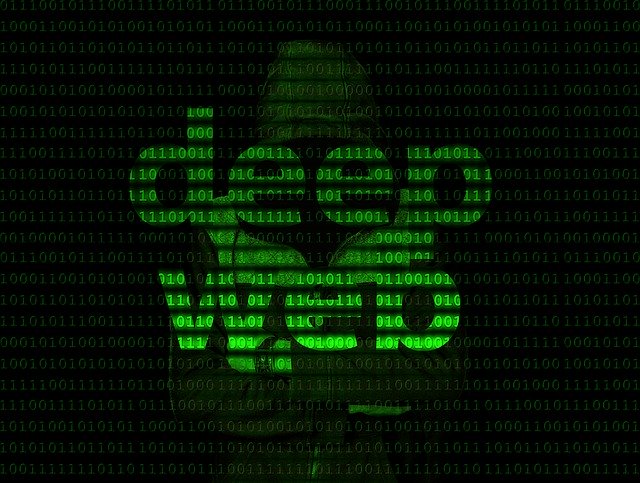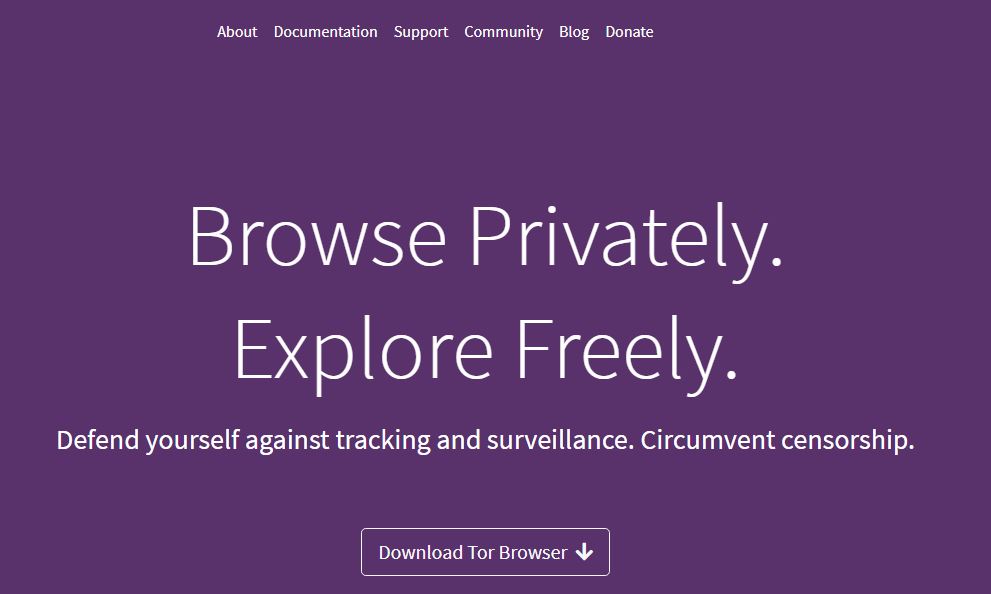What’s the difference between the deep web and dark web?

You will often hear deep web and dark web used interchangeably during discussions online but aren’t they the same thing? Is there a difference between the deep web and dark web?
The two parts of the web are quite separate and can offer very different experiences and outcomes if you don’t know what to expect. There are areas where the deep web and dark web intersect but on the whole they are two very different things.
The surface web
First let us describe the hierarchy of the web.
You have the surface web at the top. This is the part of the internet you use every day. It is indexed by search engines and is easily accessible using a standard browser and links. DNS works here and it is the part of the web we see and interact with all the time.
Under the surface is the deep web and the dark web. To be pedantic, the dark web is actually part of the deep web. However, it is regarded as a completely different beast for reasons you’ll discover in a minute.
The deep web
The deep web is the part of the web that isn’t indexed by search engines. You won’t find deep websites on Google for instance so you will need to know the exactly address to be able to visit. Deep web links can be shared like standard URLs but you will need to be in the know if you want to hang out there.
The deep web is not illegal. It is merely a part of the web that isn’t indexed by the search engines. The deep web can include databases, parts of completely legitimate websites that are not indexed, public information repositories and a whole lot more.
The dark web
Mechanically, the dark web is the same as the deep web. A layer ‘underneath’ the surface web that is not indexed by search engines. Websites on the dark web are not searchable and can only be accessed by knowing the URL or IP address of the web server.
That’s where the similarities end.
The intent of the dark web is entirely different. It is mainly made up of people and organisations that do not want to be found. You will find lots of illegal goods and services on the dark web. Anything from hitmen to weapons, drugs to slaves. Some of the stuff you will see is genuinely, truly horrific.
I mean it. Some of the stuff on the dark web will make you itchy. It will make you try to pull your own eyes out if you’re not prepared. I strongly suggest leaving it alone as nothing good will come from your time there.
If you still want to explore, you need certain tools to navigate the dark web safely.

Staying safe on the dark web
If you must explore the dark web, you must do so very, very carefully. The denizens of the dark web don’t want to be found and don’t like tourists. Some will try to identify you to scare you off and some will try to find you and scare you off just for the fun of it.
I would suggest not going there at all if you can help it. Otherwise, use protection.
My standard setup for researching on the dark web goes a little something like this:
1. Virtual machine
A virtual machine installed on my computer with a vanilla copy of Ubuntu Linux. Vanilla means a fresh install with no identifying data, no personal information and no clue as to who owns it.
You can use VirtualBox to install a virtual machine on any moderately powerful PC. Ubuntu is free to use. Install both, set up an Ubuntu virtual machine and install all updates.
2. Tor browser
Many dark websites use onion addresses instead of URLs. These can only be accessed by the Tor browser so that should be your next install. Tor is a relatively safe way to surf that makes your connection hop across several nodes before landing on the target website. This adds a layer of security but is not impenetrable.
Tor stands for The Onion Router because of how it uses layers to help protect you while online. It is also why you need the Tor browser to access .onion addresses.
3. VPN
A VPN is not mandatory but I strongly recommend you use one on your main computer. Tor offers good security but it is not perfect. Skilled hackers can penetrate Tor with enough effort so you need another layer of protection.
I use a VPN on the host computer, the one with VirtualBox installed on it. This encrypts all internet data sent from the computer, including all traffic from your Linux virtual machine and Tor browser.
Again, Tor browser and VPN are not perfect but it’s as good as you’re going to get without spending a ton of money on cloud solutions or expending effort using Whonix or Tails.
From here, I create a clone master of the virtual machine so I can quickly load all the tools without having to install them over again. Connect via your VPN and then load up your Linux virtual machine.
Open the Tor Browser and paste the following address into the URL bar, ‘http://zqktlwiuavvvqqt4ybvgvi7tyo4hjl5xgfuvpdf6otjiycgwqbym2qad.onion/wiki/index.php/Main_Page’
This takes you to the Hidden Wiki which is where every tourist starts when they venture onto the dark web. It’s a useful introduction to the dark web and includes some links to other sites. Those links go out of date relatively quickly so if they don’t load, close the tab down and try another.
Other sites worth checking out:
- Candle – http://gjobqjj7wyczbqie.onion/
- Facebook (yes really) – https://www.facebookcorewwwi.onion/
- Hidden Answers – http://answerstedhctbek.onion/
Again, I would counsel against visiting the dark web as it isn’t big and it isn’t clever. However, if you’re like me and curiosity gets the better of you, be very careful how you do it and where you go when you’re there. You genuinely never know where you will end up or who you will end up meeting.
Good luck down there!



